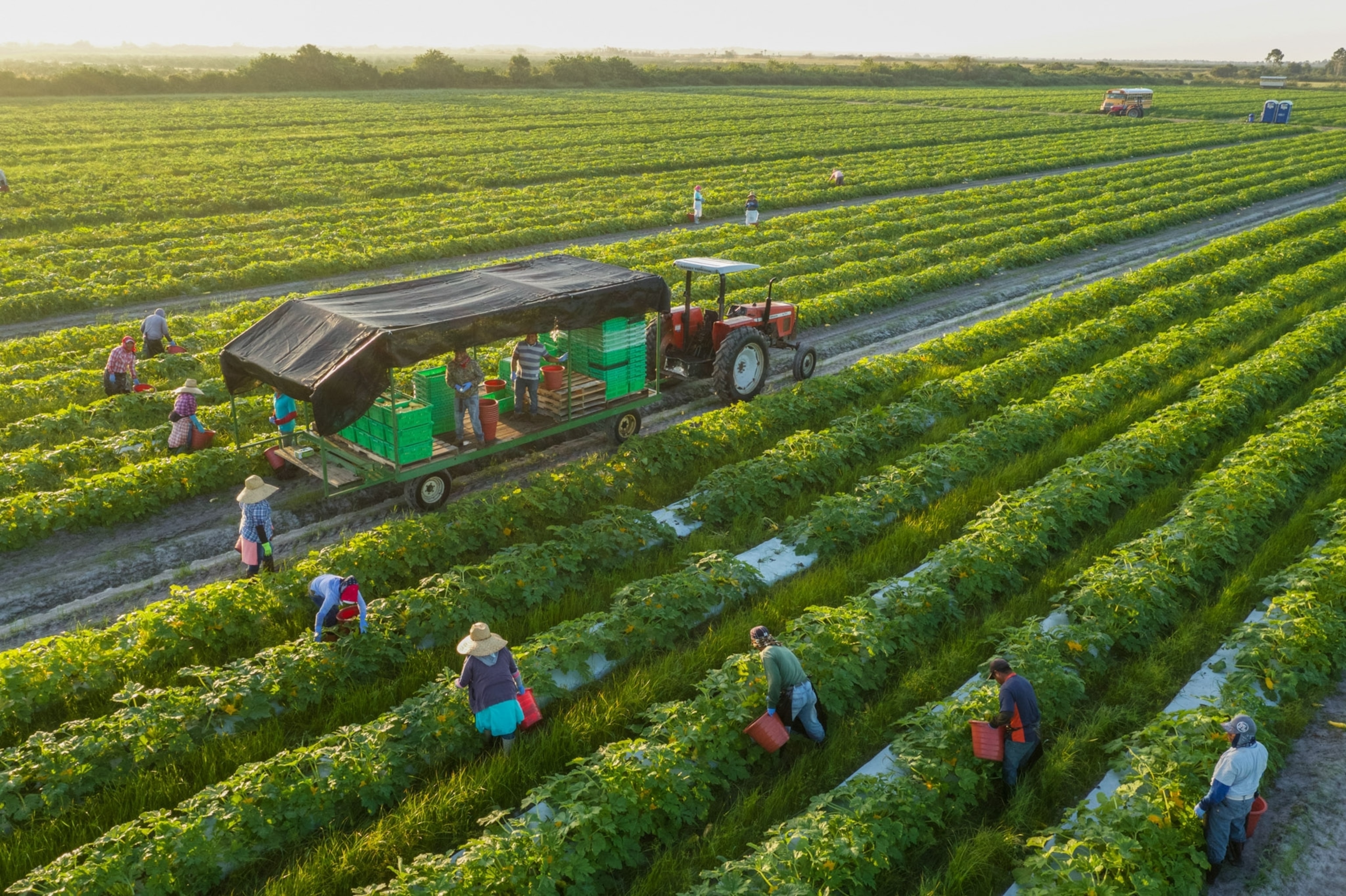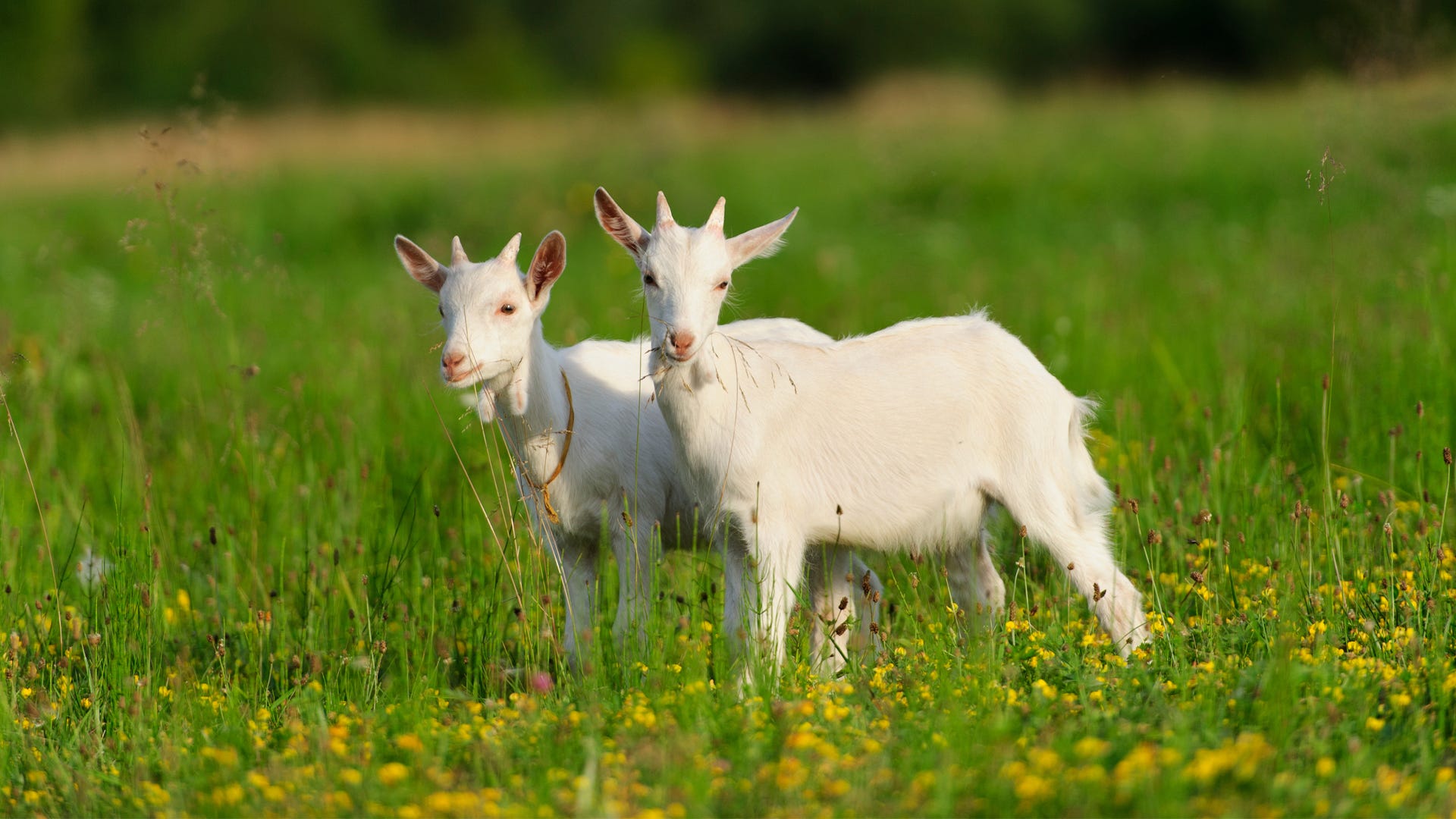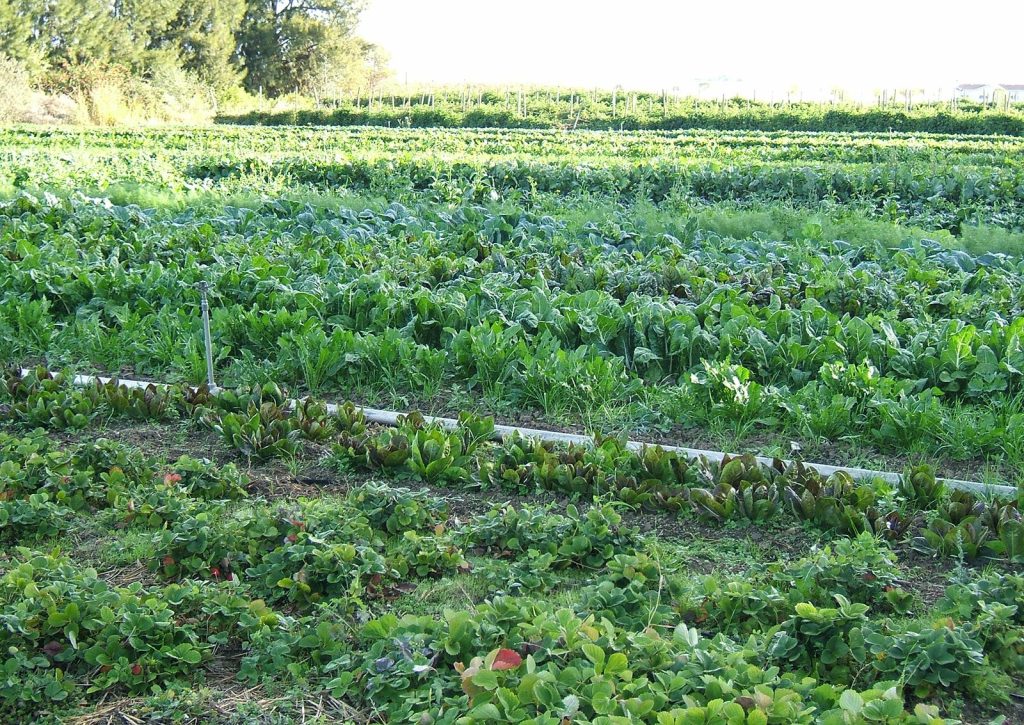Imagine stepping into a world where your food is not only fresh and healthy but also grown with care for the environment. This is what organic farming promises.
But as someone interested in the farming business, you might wonder, “Is organic farming profitable? ” You are not alone in asking this question. Many people are curious if the benefits of organic farming extend to the bank account. You will discover real-life examples that show the profitability of organic farming.
By understanding these stories, you can make informed decisions about your farming ventures. You’ll see how real farmers have succeeded and learn the secrets behind their success. Get ready to explore how organic farming can be a viable and rewarding business option for you. With insights and practical examples, this article will help you see the potential of growing crops organically. Don’t miss out on discovering whether organic farming could be your next profitable venture.

Economic Viability
Economic viability is crucial in assessing organic farming’s profitability. Farmers need a sustainable income to continue this practice. Understanding financial outcomes helps them make informed decisions.
Organic farming involves higher initial costs. Yet, it promises long-term benefits. Farmers can expect better soil health and biodiversity. These factors contribute to productivity and sustainability.
Understanding Cost Structures
Initial investments in organic farming can be daunting. These include certification and organic inputs. Farmers often spend more on compost and organic seeds. Labor costs may also increase due to manual practices. Yet, these investments lay a foundation for future gains.
Market Demand And Pricing
Organic products often fetch higher prices. Consumers willingly pay for pesticide-free food. This premium pricing can boost farmers’ revenues. Growing demand for organic foods indicates a promising market. Farmers can benefit from this trend.
Case Study: Small-scale Success
Consider a small-scale organic farm in California. The farmer initially faced high costs. Yet, within three years, profits increased by 20%. This success owed to efficient planning and market understanding. The farm now enjoys loyal customers and stable income.
Long-term Benefits
Organic farming improves soil quality over time. Healthier soil leads to better crop yields. This, in turn, enhances profitability in the long run. Farmers also experience reduced dependency on chemical fertilizers. These benefits contribute to economic sustainability.
Government Support And Incentives
Many governments offer incentives for organic farming. These can include grants and tax breaks. Such support reduces the financial burden on farmers. It encourages more to adopt organic practices. This backing plays a vital role in economic viability.
Cost Analysis
Understanding the financial side of organic farming is crucial. Cost analysis provides insights into expenses and potential profits. This section explores how costs impact organic farming profitability.
Initial Investment
Organic farming requires a significant initial investment. Farmers need to purchase organic seeds, soil amendments, and equipment. These items can be more expensive than conventional farming supplies. The cost of certifying land as organic adds to the initial expenses.
Labor Costs
Organic farming often involves more manual labor. Farmers rely on workers for planting, weeding, and harvesting. This increases labor costs compared to conventional farming. The need for skilled labor further raises expenses.
Operational Costs
Operational costs in organic farming can be high. Organic fertilizers and pest control products are costly. Farmers also invest in maintaining soil health and biodiversity. These expenses contribute to the overall operational budget.
Certification Costs
Obtaining organic certification involves costs. Farmers pay fees for inspection and certification processes. Maintaining organic standards can incur additional expenses. These costs are crucial for legally marketing products as organic.
Market Price
Organic produce often sells at higher prices. This can offset some of the increased costs. The demand for organic food continues to grow, supporting better pricing. Farmers can benefit from premium prices for organic goods.
Market Demand
Organic farming has gained popularity in recent years. The demand for organic products is increasing. People prefer natural and healthy food options. This shift is not just in one region. It’s happening worldwide. Understanding market demand is crucial for organic farmers. It can determine their success and profitability.
Market Trends
The organic market is growing rapidly. Many consumers want chemical-free food. They are willing to pay more for it. This trend is visible in grocery stores. Organic sections are expanding. Restaurants also feature organic menus now. This change is not temporary. It reflects a long-term shift in consumer behavior.
Consumer Preferences
Consumers are more health-conscious now. They are aware of what they eat. Organic products appeal to them. These products are free from pesticides. They are perceived as healthier and safer. People also care about the environment. Organic farming is eco-friendly. It attracts environmentally conscious buyers.
Pricing And Profitability
Organic products often have higher prices. This can benefit farmers. Higher prices mean higher profit margins. But production costs are also high. Organic farming needs more labor. It also requires specific techniques. Despite this, many farmers find it profitable. They meet the high market demand.
Real-life Success Stories
Many farmers have found success with organic farming. A farmer in California doubled his profits. He switched from conventional to organic farming. Another farmer in India saw a 30% increase. She attracted new customers with organic produce. These examples show the potential of organic farming.

Case Studies
Discover the profitability of organic farming through real-life case studies. Explore how farmers achieve success with sustainable practices. Learn from examples that showcase the financial benefits of going organic.
When discussing the profitability of organic farming, real-life examples can offer valuable insights. Case studies provide concrete evidence and help you understand the potential and challenges in this sector. Let’s examine some successful organic farming ventures to see what strategies they employed and how they achieved profitability.Case Study: The Success Of Polyface Farm
Polyface Farm, owned by Joel Salatin in Virginia, has become a model for sustainable and profitable organic farming. Known for its innovative rotational grazing system, the farm efficiently utilizes resources while maintaining soil health. This method not only improves the quality of produce but also reduces feed costs significantly. Salatin’s approach has turned his farm into a thriving business, attracting customers who value quality and sustainability.Case Study: The Growth Of Earthbound Farm
Earthbound Farm, starting as a small roadside stand in California, has grown into one of the largest producers of organic salads in the U.S. By focusing on scalability and market demand, the farm expanded its production while maintaining organic standards. Strategic partnerships with retailers helped them reach a wider audience, illustrating the power of collaboration in achieving profitability.Case Study: The Community Impact Of Growing Power
Growing Power, founded by Will Allen in Milwaukee, demonstrates the social and economic benefits of organic farming. By integrating community involvement and education into their business model, they created a sustainable urban farm that supplies fresh produce locally. This approach not only generates revenue but also strengthens community ties and promotes health and well-being.Lessons From These Case Studies
These case studies reveal that profitability in organic farming often relies on innovation, scalability, and community engagement. Are you ready to explore these strategies for your own organic venture? Consider how you can apply these principles to your farm. Whether it’s adopting sustainable practices or forging new partnerships, the potential for success is within reach. Thinking about how these real-life examples can inspire your next steps could be the key to unlocking your farm’s profitability. What strategies can you implement today to start seeing a difference tomorrow?
Conclusion
Organic farming can be profitable with smart planning. Real-life examples show success. Farmers benefit from health-focused markets. Organic produce often fetches higher prices. Sustainable practices save money in the long run. Community support boosts profitability. Local partnerships open new opportunities.
Innovation in farming techniques helps growth. Challenges exist but can be overcome. Dedication and knowledge lead to rewards. Success stories inspire others to try organic farming. Profitability is achievable with effort and strategy. Organic farming offers a promising path for future farmers.



